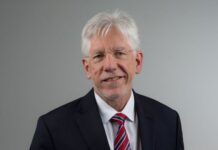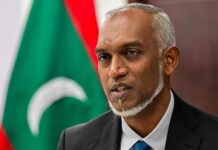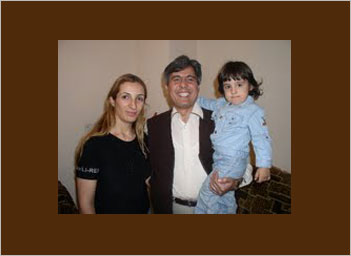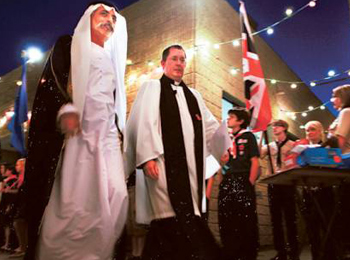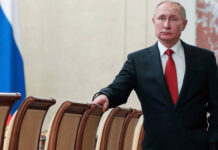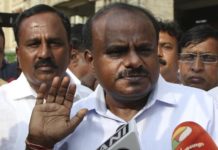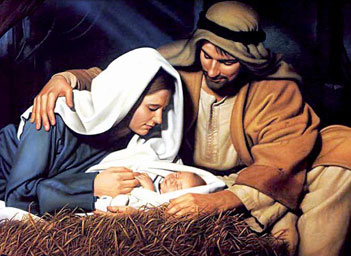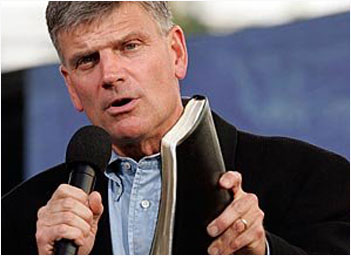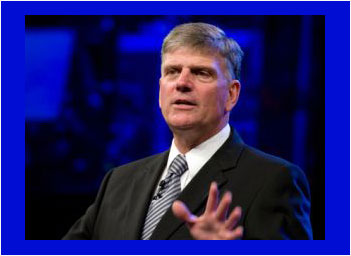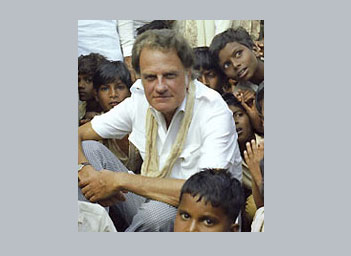
(Excerpted from Billy Graham’s biography. Courtesy: BGEA website)
By Billy Graham
“AT our next stop, Madras, [now Chennai] the city was jammed with people who had traveled long distances to participate in our meetings. I read, for instance, that 100 people from Hyderabad had ridden the train for days to get there.
With the translators standing beside me—Mr. Titus for the Telugu and Mr. J. Victor Manogarom for the Tamil—I preached to integrated crowds of 40,000 in which all the rigid lines of caste and gender were temporarily ignored. We also had two choirs—one for each language—which repeated each number (including the “Hallelujah Chorus”), adding to the length of the service.
Franklin Graham’s Hyderabad Festival reports: Security tightened in Hyderabad | VHP threatens to protest | Cops seek Franklin Graham’s visa details |
At one point in my address, I knew that I had said something awry. Talking about Jesus, I had said, “He’s alive!” Mr. Titus promptly rendered that in Telugu, but Mr. Manogarom faltered. I repeated the expression several times. Finally, he uttered, “Avan poikaran.” The Tamils gasped. As I learned afterward, the best Mr. Manogarom could make of my North Carolina accent was, “He was a liar!” No great harm was done, for the mistake evened itself out in the next few sentences.
As I continued, I tried to assure my listeners that it was wrong to think of Christianity as a Western religion. It had been in India long before America was discovered, going back as far as a visit by the Apostle Thomas in a.d. 52, according to tradition.
Out of 100,000 who heard me speak in three days, 4,000 recorded their decisions for Christ. We could have used more counselors, but we made up for that shortcoming by distributing twelve thousand copies of the Gospel of John. Such a result witnessed to the spiritual power generated by the twenty-four-hour prayer chains that had preceded our visit.
Rooms in the city were at a premium during our Crusade meetings. Hundreds slept in the streets at night and camped at the meeting site all day. Our morning services were at seven; the evening ones, at six. In addition to those services, we also met with a variety of different groups at other locations. One day, for example, I spoke to a student gathering of 7,500 out of which 250 responded to the Invitation to commit their lives to Christ. Many were from non-Christian backgrounds.
In both Bombay and Madras, I had some opportunity to observe the practices of Hinduism, one of the dominant religions in India. In Bombay we watched the funeral of an old man whose body was placed on a pile of wood and burned. As the flames died down, the son took a stick and punched a hole in the skull, hoping to release the man’s spirit.
In Madras we visited a Hindu temple dedicated to the worship of Siva—a form of worship that was (I discovered as soon as I entered the temple) phallic. We also watched people offer their sacrifices to the priests. I recorded my reaction in my diary: “We stood and watched it and almost wept, longing that these people might know the forgiveness that is in Christ.”
In my messages, I did not directly attack the views of those who adhered to other religions; I was not in India to stir up controversy. Instead, I concentrated on presenting in a positive way the message of Christ as simply and forcefully as possible.
Throughout my ministry to date, I had seen that the message of Christ, if accepted, had the power to replace false ideas and beliefs. However, it was necessary at times in India to explain that Christ wasn’t just another deity who could be added to the list of thirty thousand gods and goddesses already worshiped by Hindus in general. He was uniquely God in human flesh, and He alone was worthy of our worship and commitment.”
Know God | Who is Jesus Christ | How is Jesus Christ unique? | Who will be saved?




